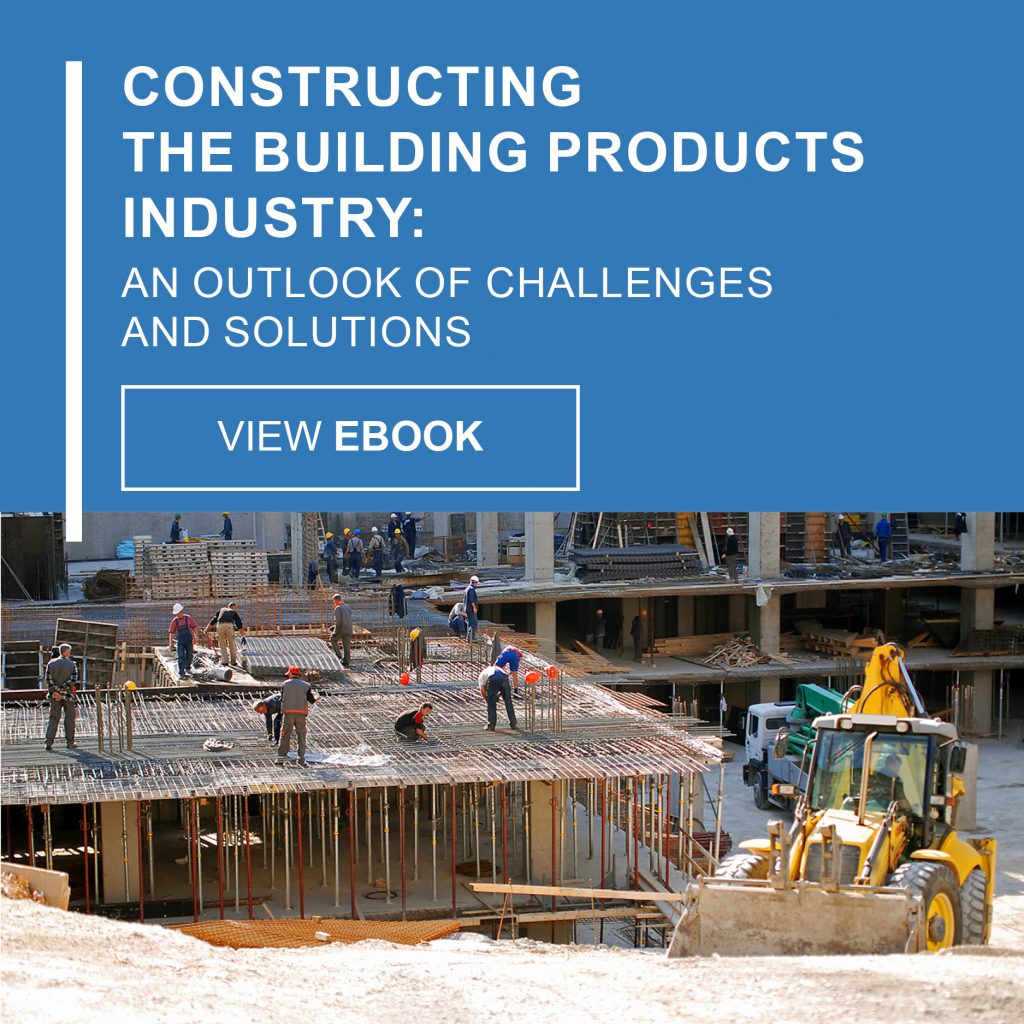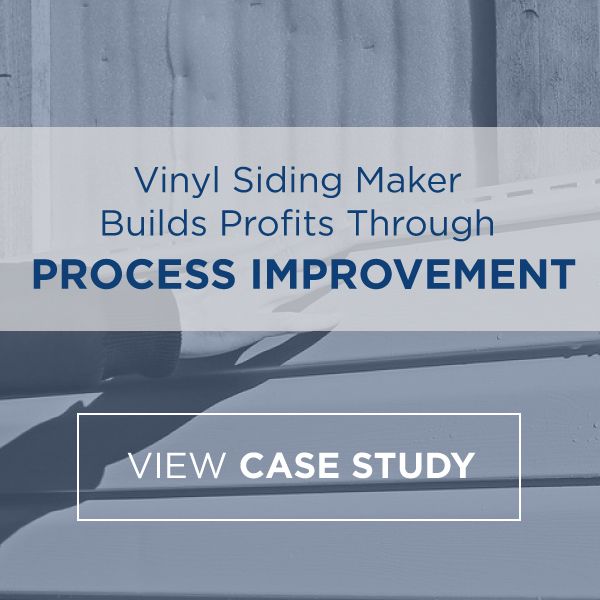-
Subscribe to Blog:
SEARCH THE BLOG
CATEGORIES
- Aerospace
- Asset Maintenance
- Automotive
- Blog
- Building Products
- Case Studies
- Chemical Processing
- Consulting
- Food & Beverage
- Forestry Products
- Hospitals & Healthcare
- Knowledge Transfer
- Lean Manufacturing
- Life Sciences
- Logistics
- Manufacturing
- Material Utilization
- Metals
- Mining
- News
- Office Politics
- Oil & Gas
- Plastics
- Private Equity
- Process Improvement
- Project Management
- Spend Management
- Supply Chain
- Uncategorized
- Utilities
- Whitepapers
BLOG ARCHIVES
- July 2025 (1)
- June 2025 (4)
- May 2025 (1)
- April 2025 (1)
- March 2025 (1)
- February 2025 (4)
- January 2025 (4)
- December 2024 (4)
- November 2024 (2)
- October 2024 (6)
- September 2024 (5)
- August 2024 (5)
- July 2024 (6)
- June 2024 (3)
- May 2024 (3)
- April 2024 (4)
- March 2024 (3)
- February 2024 (4)
- January 2024 (5)
- December 2023 (2)
- November 2023 (1)
- October 2023 (6)
- September 2023 (3)
- August 2023 (4)
- July 2023 (2)
- June 2023 (3)
- May 2023 (7)
- April 2023 (3)
- March 2023 (3)
- February 2023 (5)
- January 2023 (6)
- December 2022 (2)
- November 2022 (5)
- October 2022 (5)
- September 2022 (5)
- August 2022 (6)
- July 2022 (3)
- June 2022 (4)
- May 2022 (5)
- April 2022 (3)
- March 2022 (5)
- February 2022 (4)
- January 2022 (7)
- December 2021 (3)
- November 2021 (5)
- October 2021 (3)
- September 2021 (2)
- August 2021 (6)
- July 2021 (2)
- June 2021 (10)
- May 2021 (4)
- April 2021 (5)
- March 2021 (5)
- February 2021 (3)
- January 2021 (4)
- December 2020 (3)
- November 2020 (3)
- October 2020 (3)
- September 2020 (3)
- August 2020 (4)
- July 2020 (3)
- June 2020 (5)
- May 2020 (3)
- April 2020 (3)
- March 2020 (4)
- February 2020 (4)
- January 2020 (4)
- December 2019 (3)
- November 2019 (2)
- October 2019 (4)
- September 2019 (2)
- August 2019 (4)
- July 2019 (3)
- June 2019 (4)
- May 2019 (2)
- April 2019 (4)
- March 2019 (4)
- February 2019 (5)
- January 2019 (5)
- December 2018 (2)
- November 2018 (2)
- October 2018 (5)
- September 2018 (4)
- August 2018 (3)
- July 2018 (2)
- June 2018 (4)
- May 2018 (3)
- April 2018 (3)
- March 2018 (2)
- February 2018 (2)
- January 2018 (1)
- December 2017 (1)
- November 2017 (2)
- October 2017 (2)
- September 2017 (1)
- August 2017 (2)
- July 2017 (2)
- June 2017 (1)
- April 2017 (3)
- March 2017 (3)
- February 2017 (2)
- January 2017 (2)
- December 2016 (2)
- November 2016 (4)
- October 2016 (4)
- September 2016 (3)
- August 2016 (6)
- July 2016 (4)
- June 2016 (4)
- May 2016 (1)
- April 2016 (3)
- March 2016 (4)
- February 2016 (2)
- January 2016 (4)
- December 2015 (3)
- November 2015 (3)
- October 2015 (1)
- September 2015 (1)
- August 2015 (4)
- July 2015 (6)
- June 2015 (4)
- May 2015 (7)
- April 2015 (6)
- March 2015 (6)
- February 2015 (4)
- January 2015 (3)
CONNECT WITH US
Tag Archives: construction
It’s a double-edged sword for the building products industry today.
The production and demand slump during the pandemic has turned into a boom. Residential and commercial building is on a high.
Yet, challenges still exist for the building products industry as it navigates these uncertain economic times.
While each company has its unique issues, our team of subject matter experts have compiled the most common challenges we’re seeing for the building products industry today, and share productive solutions we’re recommending to our clients to tackle them.
Download our free eBook “Constructing the Building Products Industry: An Outlook of Challenges and Solutions” as we advise on tactics to deal with the boom and optimize your operations.
In this eBook you will learn how to overcome the following:
- Rising costs
- Supply chain bottlenecks
- Understaffing & skills gap
- Post-COVID boom
These strategies will help you get started on combating industry challenges and carry you through these uncertain economic times. If you need more in-depth help or would like to discuss specific issues you are experiencing, give us a call today. We listen first and then advise on how we can make your operations more efficient.
It’s easy to forget that, connected though they may be, building materials and construction are two distinct industries.
That said, they almost always experience similar economic challenges or act as augurs to one another’s success or failure. While one might think building materials would inform construction more often than the other way around – changes to a product, after all, could greatly alter how a user uses it – in many ways the reverse is just as true.
What current construction trends will impact how building materials manufacturing performs this year?
U.S. economy stabilizes and takes off in 2017
Simply put, if people are building, the building materials industry can expect good sales numbers.
According to the American Institute of Architects, construction will soon overcome the stagnancy it struggled against at the tail end of 2015 and throughout 2016. This year, spending on construction is projected to grow by 6 percent, with a majority of investment coming from the public sector (government and residential). In theory, this comports with current events in Washington, D.C. The Hill reported the Trump administration plans to wheel out a “massive rebuilding package” in the president-elect’s first 100 days in office.
The AIA stipulates, however, these increases depend entirely on good performances from volatile variables such as moderate job growth, continued housing market recovery, and both national and international confidence in American manufacturing. Estimates from Metrostudy show about three new construction jobs were created for every house built in 2016, so the success of building materials as fed by construction may be somewhat self-sustaining as far as the job market is concerned. After all, with larger construction workforces, contracting teams can take on more projects and require more supplies to do so.
Housing too should see a good year in 2017, with many economists predicting more than 6 million existing home sales, according to Gord Collins, as well as the creation of 160,000 new homes. The latter figure should carry on annually to 2024. That’s huge for construction and building materials – as Value Line noted, residential housing represents about 60 percent of all domestic construction spending.

Can construction take its services online? And can building materials manufacturing keep up?
Tech disruption may push construction out of pace with manufacturing
Widespread, cross-industry innovation and tech adoption throughout the private sector have only highlighted how little and how infrequently building materials and construction upgrade. Perhaps the resistance to change has something to do with the timelessness of these trades.
Nevertheless, the numbers don’t lie: In its 2016 industry digitization index, McKinsey rated construction the penultimate least digitized industry, one step ahead of “agriculture and hunting.” As the U.S. government plans to repair its crumbling infrastructure to boost the GDP, construction will have to rise to the challenge and implement new, tech-savvy methods for managing large-scale projects.
In turn, the building materials industry should ready itself for a big change. It is, after all, generally easier to upgrade the service sector than it is to upgrade means of production. Distribution too will factor heavily into the interplay between construction and building materials. As more contractors use the internet and apps to price shop, manufacturers must be ready to balance traditional brick-and-mortar channels with omnichannel logistics, all while keeping consumers happy and their brand value high.
Out of all other home goods manufacturers, the plumbing fixture sector has perhaps the strongest ties to the economy. What does the current U.S. economic status spell for plumbing, and how can businesses prepare for what’s to come?
Housing market pain points shared by home goods manufacturers
It should come as no surprise that the residential housing market has seen better days, even in recent years. Homeowners are still very reluctant to invest considerably in home improvement projects, let alone purchase actual real estate. According to the Joint Center for Housing Studies of Harvard University, data from 2014 shows remodeling is down more than 40 percent when compared to “pre-recession levels.”
In a $300 billion industry representing nearly 2 percent of the entire U.S. economic picture, that’s a substantial loss for many home goods manufacturers, especially those in plumbing. After all, while bathroom and kitchen renovations can add a great deal of value to a home, they typically represent extensive projects with high costs. And when the housing market is unstable, not even the financially savvy homeowners want to stretch their budget and take the risk.

Successes in the housing market and plumbing fixture industry go hand in hand.
Recovering housing market a boon to plumbing if manufacturers can keep up
That said, things are turning around. Not only are more people investing in home rebuilds in the last two years, but general recovery in the housing market has led to a doubling of single-family starter home purchases (when compared to 2008 recession lows) and a drop in interest rates for 30-year mortgages, as reported by The Wall Street Journal.
Both are good signs for plumping, so long as the industry can position itself for increased demand. With fewer families renting and more buying, the plumbing fixture industry should prepare itself for higher production levels. The need for operational readiness is further compounded by attractive financing options providing first-time homeowners with extra cashflow to invest in repiping their “fixer-uppers.” For these reasons and more, estimates from The Freedonia Group indicate 6.3 percent demand increases in the plumbing fixture and fitting industry annually between now and 2019.
Where should plumbing fixture manufacturers focus to plan effectively for the future?
How quickly can your fixture manufacturing facility respond to consume trends? How long is your average project lead time? Those are the kinds of questions that will keep this industry ahead of the curve.
For example, many homeowners and commercial property owners alike see great potential in low-flow fixtures, which conserve water and save on heating costs. No doubt wary homebuyers who finally took the plunge will still look for opportunities to cut costs long after much-needed renovations. If manufacturers can update their more popular goods to meet sustainability expectations created by consumers – and the government, don’t forget them – they’re liable to win out when the housing market returns to its former glory.
Broadly speaking, facilities should continually improve their abilities to predict consumer trends and develop actionable strategies, for profiting but also for planning and hopefully preempting future challenges. Tankless water heating systems, for instance, are gaining popularity. Differing from tanked water heaters, these units reside right at point of use and forgo traditional distributed hot water plumbing. As a result, many new homeowners looking to inject a little energy efficiency into their property may choose to go tankless rather than stick to conventional plumbing. Has your business targeted this consumer yet? Are your products compatible with tankless systems? Do you have a plan for the day when everyone has a tankless system?
So, where are the blockages in your pipeline? Take a look at the operations necessary to turn an idea into a salable plumbing product, focus on what slows things down and use data to streamline efficiency. Only then will your facility be ready to raise to new challenges in a post-recession economy.






